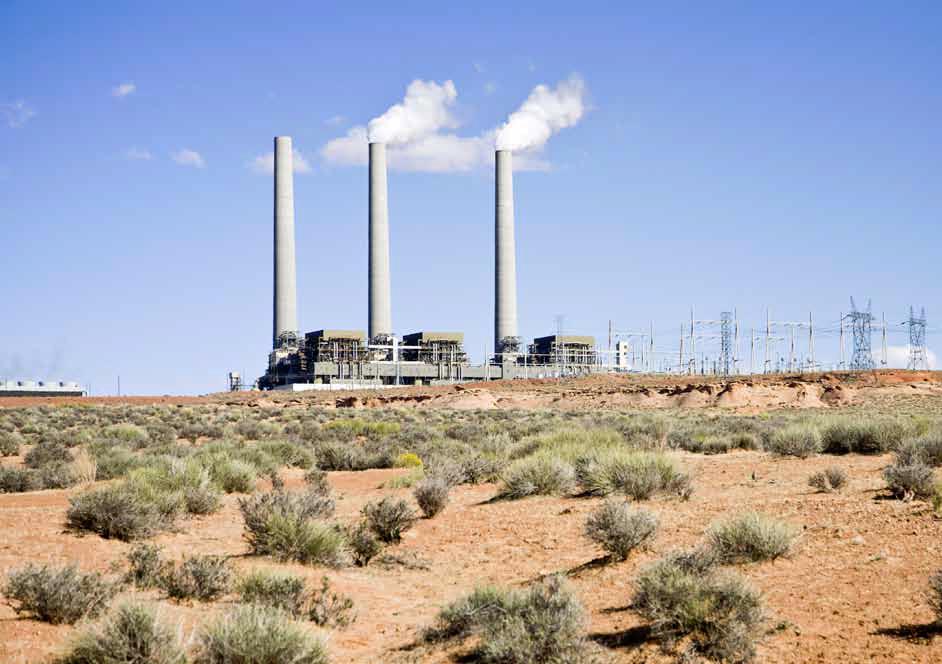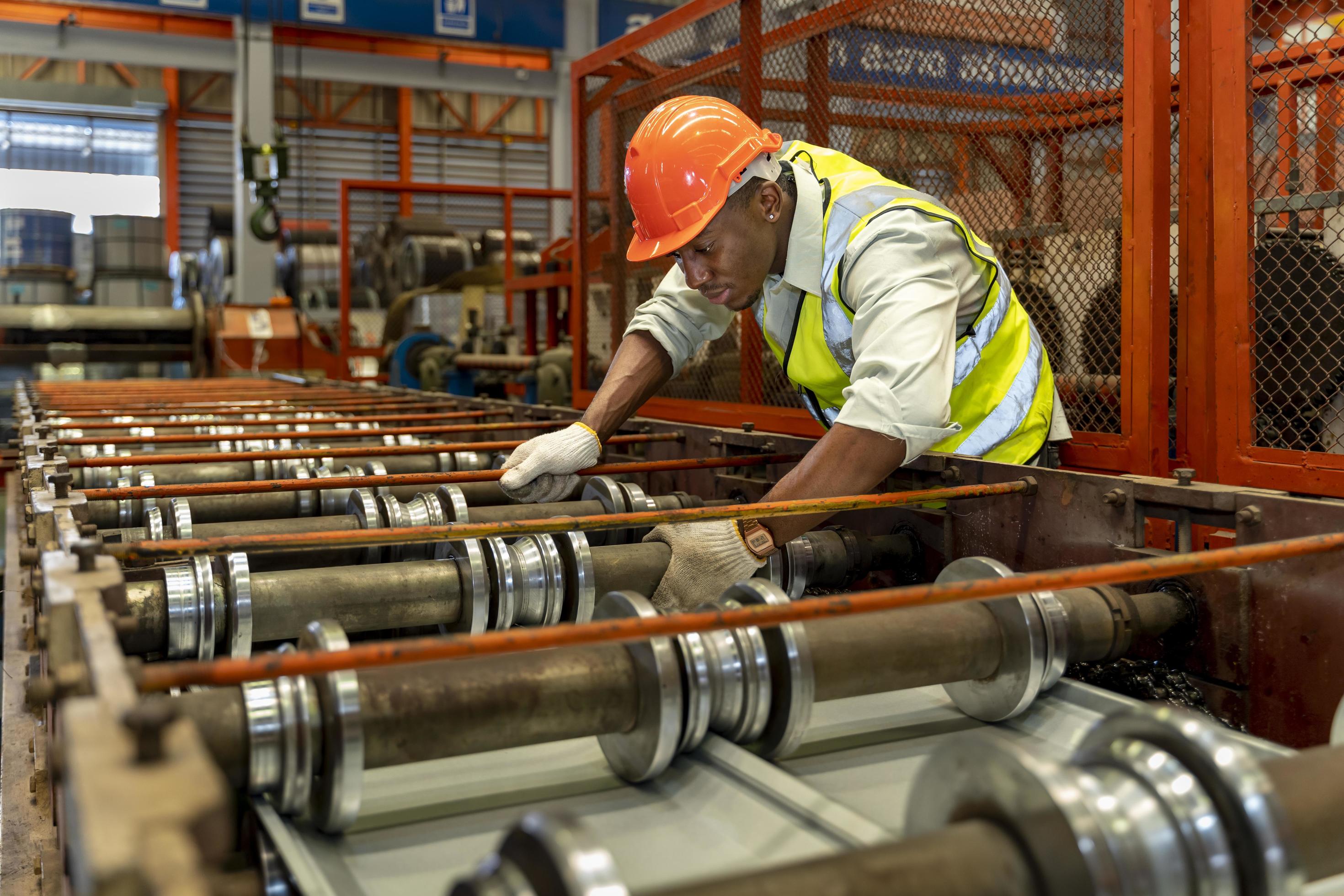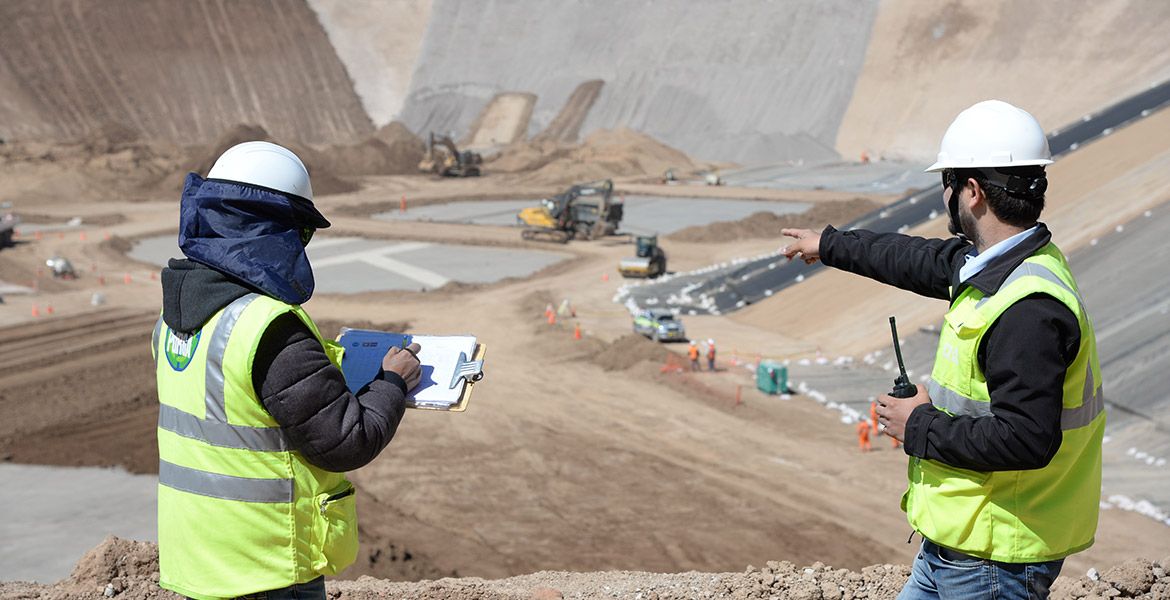
This is a difficult time for the coal industry in the United States. Janet Gellici, CEO of the American Coal Council, talks about finding a way to overcome the challenges.
The coal industry provides over 40 percent of the United States’ electricity, but it seems to be under attack from all quarters. Just because you’re paranoid, the saying goes, it doesn’t mean they’re not out to get you.
“It is challenging,” says Janet Gellici, CEO of the American Coal Council, with some understatement. “I’ve been in the business for thirty years. It’s been more challenging recently than I’ve known it before, but these things ebb and flow. We’re running into some headwind, but we’ll find a way or we’ll make one – I think Hannibal said that about driving his elephants across the Pyrenees.” He got there, remember.
The American Coal Council is an industry body with a broad remit. “We represent companies from the hole in the ground to the plug in the wall,” says Gellici. While The National Mining Association is focused exclusively on coal and mineral suppliers, the American Coal Council is also concerned with power generation and industrial users of coal, railroads, ports, barge transporters and energy traders. “We have about 180 member companies so we represent a significant portion of the US coal industry,” she says.
The power generation market is currently a major concern, with coal under severe pressure from all sides. “There are a number of factors impacting where we are today with coal fired power generation,” says Gellici. “Top of my list would be the transition away from coal to natural gas. This is partly propelled by policy, but also because natural gas is so abundant and cheap.”
The United States has about five to ten gigawatts of new coal generation coming online between now and 2014, but it’s going to lose between 30-80 gigawatts of coal fired power by 2030 as older plants are shuttered—mostly due to replacement by natural gas but also to some extent by renewables.
The Obama administration is keen to encourage the transition to natural gas, which it does through subsidies, tariffs, tax exemptions and other financial measures. It is up to the individual states, however, to set their own policy and regulations concerning energy generation, and most states have set mandatory renewable energy targets in the form of a "renewable portfolio standard" (RPS) or "alternative energy portfolio standard" (AEPS) which require a certain percentage of a utility’s power plant capacity or generation to come from renewable or alternative energy sources by a given date. Colorado is the highest at 30 percent. “They vary from state to state,” says Gellici. “Some of the states count hydro, too, and some count energy efficiency or conservation measures into that percentage.”
Natural gas and renewables are a threat to coal simply by being alternatives, but you would expect an industry like coal to be able to respond to competition, given a level playing field. The field is skewed in this case, however, by the campaigns being mounted by environmental groups, targeted specifically at coal. You might think that restrictions on the use of coal in the United States would open the door to exports, bringing many benefits to an economy with high unemployment that is struggling for growth, but it’s nowhere near as straightforward as that.
“There are significant export opportunities for coal,” says Gellici, “especially out of the West, but we’re running into opposition there from the environmental community. There are one and a half billion people in the world without access to electricity and here we sit on the world’s largest coal reserves, but we can’t sell it to them.” The environmental groups are opposed to coal being burned anywhere in the world, she explains, not just in the United States, so they are trying to curtail the development of ports, particularly on the west coast, so that coal can’t be shipped out for export. Legislation has been proposed in California, for example, which would mean that coal could not be exported to countries that don’t have equally stringent regulations on greenhouse gas emissions.
“There are a number of barriers being thrown up in opposition to export,” continues Gellici. “People are objecting to the number of trains used to transport coal in their communities, they are trying to stop coal trains coming through, and allowing only cargo trains. They’re all focusing on coal.”
The coal industry has made tremendous progress in emission reductions in recent years, but gets no credit for it whatsoever. “We’ve decreased our emissions of NOx, SO2 and mercury significantly, at the same time as the use of coal has been increasing,” says Gellici. “Billions of dollars have been spent in the development of clean coal technology, but we’re not even being permitted to build new cleaner coal facilities.”
The great hope for the future of the coal industry is carbon capture and storage technology (CCS), but although much progress has been made, it’s not commercially available yet. That does not inhibit the Environmental Protection Agency from introducing requirements for new power plants that cannot possibly be met without it, however. “Everyone I speak to says that eliminating coal is not going to get us where we need to be in terms of greenhouse gas emissions, so we need that carbon capture and storage technology to be perfected,” says Gellici, “but it’s not ready yet, and the regulations are written in such a way that it will be impossible for any utility company to consider building a coal power plant at this point. So after 2014-2015 there will be no new coal power plants being built.”
It makes you wonder, as Butch Cassidy and the Sundance Kid did while being tracked, who are these guys? Whoever they are, they are certainly in pursuit of coal. “There’s one regulation that illustrates this well,” says Gellici, “the Stream Buffer Zone Rule, which bans mountaintop mining. The EPA came out with some water quality guidelines which were specifically applied to six Appalachian States in the US, and only to coal mining.” Mountaintop removal may offend the green lobbies in San Francisco, New York and Washington, but it’s an integral part of the economy in West Virginia, Kentucky and the Carolinas.
The recent US elections have not done the coal industry any favors, either. Although a Republican dominated House of Representatives has proposals that would benefit the coal industry, says Gellici, “every time a piece of legislation gets passed in the House, it pretty much dies in the Senate, which will be Democratically controlled again for the next session of Congress.”
The legislative process is gridlocked by court actions anyway, as Gellici explains. “We will not have any new legislation on energy and environmental policy issues,” she says. “What we will have are court cases.” When regulations are proposed by the administration, the EPA, the Department of the Interior, et al, they are immediately challenged in the courts. “That means that the courts will be the deciding factor,” she says. “They will be dictating policy for the next two to four years.”
This deadlock means that new environmental safeguards cannot be put in place. “There are New Source Review (NSR) regulations in the US that preclude us from making changes or improvements to existing power plants,” says Gellici, “so companies are not willing to upgrade their turbines or improve their boiler performance, in case they are hit by lawsuits.
“Another thing that is really objectionable to us as an industry,” she continues, “is that we’re starting to see very incremental benefits with these regulations. Balancing the costs of the regulations with the economic value we’re receiving from them has become very lopsided. The Mercury Air Standard Toxic Rule (MATS), for instance, is currently in the courts. EPA is projecting that it will cost something from $10 to $11 billion for our industry to comply with this regulation, but the health benefits are less than one percent.”
Despite all the obstacles, Gellici still believes in the ebb and flow principle. “As power costs rise I would expect there to be some push back from citizens,” she says, and of course, it’s votes that count.
The communications industry is already voting with its feet, as it were. “We’re seeing hugely increasing power demand from companies like Google, Facebook and Apple,” says Gellici. “Greenpeace brought out a study earlier this year that said if the cloud were a country it would be fifth largest electricity user in the world.” It’s a trend that’s likely to continue for the foreseeable future as more people download audio and video files, and companies use the cloud for data storage. “As these companies rely on a secure source of power, they’re locating their power facilities in places where there is cheap and reliable coal and nuclear power available. They’re not depending on wind or solar.”
The coal industry may have to endure another four years of siege, but if carbon capture and storage technology continues to be advanced and supported by government and industry, we may see the pendulum swing back the other way.
Written by Martin Ashcroft, research by Richard Halfhide



 AmericanCoal-Americas.Mining-Jan13-Bro-s.pdf
AmericanCoal-Americas.Mining-Jan13-Bro-s.pdf









